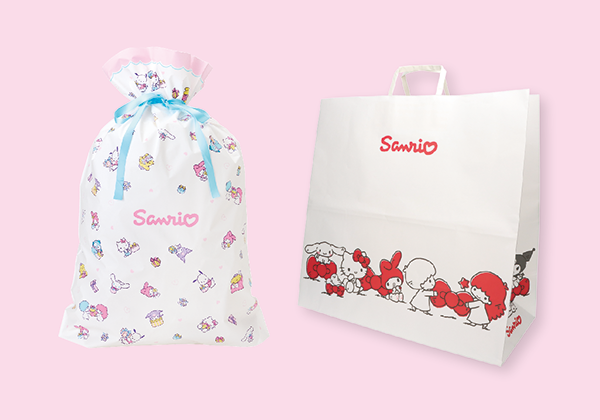Basic approach
The Sanrio Group actively works to reduce environmental impact by reducing the amount of product waste and reusing resources in order to mitigate and avoid the impact on the global environment and our businesses, and realize a sustainable society.
For more information, please refer to Basic Approach on Caring for the Global Environment
Structure and governance
The Sustainability Committee was established to strengthen the Group's sustainability management. The committee is chaired by the President and CEO and vice-chaired by the Director of the Corporate Strategy Division. The committee also regularly discusses specific Group measures, policies, and initiatives relating to effective use of resources in committee meetings (four times a year).
Important matters are deliberated and discussed by the Management Council and reported to the Board of Directors (four times a year). The Board of Directors is responsible for overseeing the setting of targets and the progress of measures.
For more information, please refer to Structure and Governance under Sustainability
Risk management
For more information, please refer to Risk Management under Sustainability
Metrics and targets
The Sanrio Group is pursuing the effective use of resources as specified by the following indicator.
(JPY Millions)
| Indicator | Scope | FY3/2023 | FY3/2024 | FY3/2025 |
|---|---|---|---|---|
| Amount of product waste | Non-consolidated | 87.62 | 40.24 | 21.80 |
The Sanrio Group has set a target of reducing the amount of product waste in its domestic product sales business by 80% or more compared to FY3/2021 by FY3/2025 by reducing the amount of product waste and reusing inventory, and has achieved a reduction of over 90% in FY3/2024 compared to FY3/2021.
For more information, please refer to ESG Data
Main initiatives
Optimizing inventories by reducing units of disposed products
Sanrio is improving the accuracy of its sales trend analysis and setting clear sales periods for each product. The volume of disposed products is being minimized by optimizing inventory tracking and redirecting surplus to outlet sales and event giveaways.
Reusable bags and eco-friendly shopping bags

Bags made of low-impact materials and ink
A fee is charged for shopping bags to promote use of reusable bags, from the perspective of environment preservation. We have switched shopping bags from plastic to paper bags made from low-impact recycled paper and other materials. Gift bags made using plant-derived plastic to limit CO2 emissions are provided at all stores. Promoting use of reusable bags and reducing the total volume of shopping bags contributes to forest preservation.
Reusing cardboard
Sanrio reuses almost 100% of the cardboard used at the Sanrio Distribution Center. We also have a system for matching the cardboard box size to each specific order, which reduces waste by enabling shipping using the smallest cardboard box possible. In FY3/2025, the increase in volume handled resulted in an increase in the volume recycled. We also increased the number of cardboard boxes reused for shipping items without repacking.
Amount of cardboard recycled
(Tons)
| Scope | FY3/2022 | FY3/2023 | FY3/2024 | FY3/2025 | |
|---|---|---|---|---|---|
| Amount of cardboard recycled | Non-consolidated | 233 | 264 | 280 | 382 |
Number of received cardboard boxes reused
(Number of boxes)
| Scope | FY3/2022 | FY3/2023 | FY3/2024 | FY3/2025 | |
|---|---|---|---|---|---|
| Number of received cardboard boxes reused | Non-consolidated | 18,104 | 31,413 | 75,861 | 145,519 |
* Cardboard boxes delivered to the distribution center and reused without repacking

Sanrio Distribution Center (Akiruno, Tokyo)
Product management and shipment logistics center